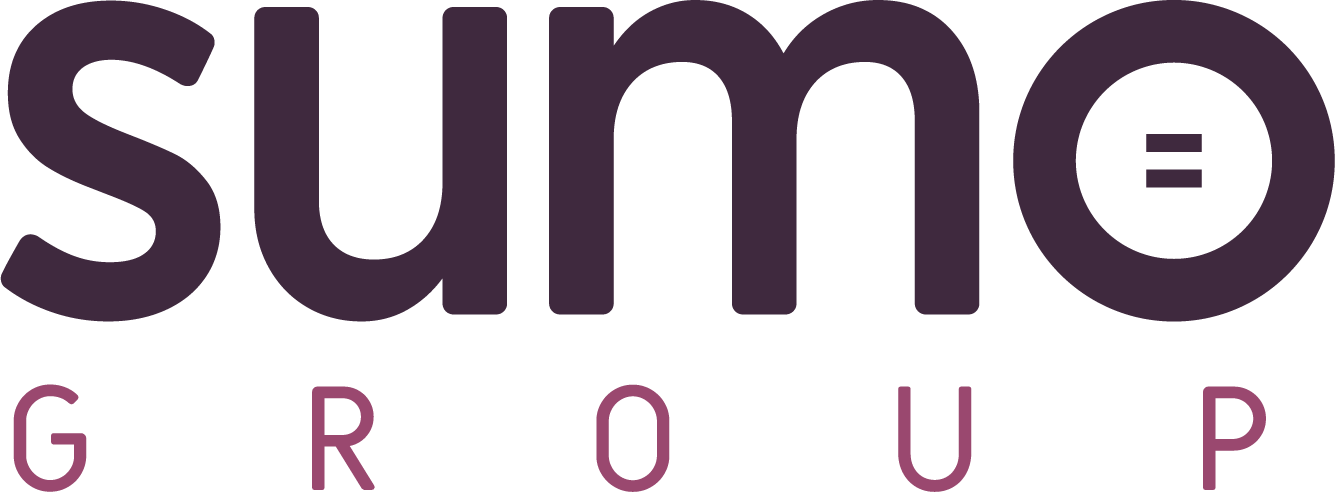**This article first appeared on the Auroch Digital website**
It doesn’t matter which game you pick up, every single one of them will have had UI and UX teams working on them to create the very best experience for players – but what does working in these roles really look like?
Here, UI/UX Director at Auroch Digital, Alix Briskham, breaks down what it means to work in UI/UX and how you can get there.
“Before now, I’ve found myself stood in a room talking to 40 young people all eager to get into the games industry where not a single one of them has ever considered a role in UI or UX” says Alix.
“I’ve been working as a UI/UX Artist now for over 10 years, but it wasn’t always the destination I thought I’d end up at. I looked in my early career at becoming a Concept Artist because I thought that was the natural path for artists in games to take. That all changed when I discovered that a game can be the most beautiful in the world with a fantastic story, but if it’s a nightmare for players to use or the UI makes no sense then none of that matters.
“So what is UI/UX? Well, UX is the User Experience – the mechanism for how something works and how we interact with it. In the real world, it could be something like how the washing machine opens and the process of that: from the design of the handle, to how the LED light blinks when it’s done so you know to open the door. UX is everything to do with how someone interacts with something and has a much more laser tech-focus, including testing, wireframing and prototyping.
“UI is the User Interface – the way we know how something works because of information we’re given. So, in a real world example, it would be how we know – thanks to the manual – that the blinking light on the washing machine means a cycle is done, or the icons which tell you the setting you need to wash your jeans. Generally, UI roles are more art-focussed and require skills in logo creation, interface concepting and design and can sometimes involve animation, button design and mock-ups.
“These tiny details in a game make all the difference – imagine trying to get on a bus but not knowing the destination because there’s no signage to tell you, and no clear way to open the doors to board.
“Because of the crucial nature of these details, UI and UX teams are hands-on in project work from the very beginning and work closely with all disciplines throughout the project.”
Working on a title in UI or UX will generally see you involved in three key stages:
- Pre-production: You begin your work with a lot of research into who the game is for and how people might play it. At this stage, you’ll look into rough wireframes and click-throughs to spot potential problems before they happen.
- Production: You’ll then move into the styling of the interface – skinning the wireframes, creating transition and illustrations, and designing icons that tell players where to go and when. The style of the game will absolutely influence this stage, as you need the UI to feel in keeping with the tone, genre and pace of the game. For example, for cosy games you might be looking at warm palettes and gentle imagery, whereas with sci-fi you might go for a sharper and more metallic look.
- Post-production: Towards the end, you’ll be working to polish and animate the UI and making sure all the finishing touches are in place. Then your hard work will be put to the test as people will play the game for the first time in a controlled environment for you to analyse pain points and make improvements.
“Being a vital ingredient in the making of games is an incredibly rewarding job, as players’ first interaction with a title is often the way it looks and feels to use – and that’s all thanks to you and your team!
“So how can you get started in a career in UI/UX? Auroch Digital is a developer which combines the two roles into one to allow a smoother workflow for its people and allows them to take ownership of their projects, but there are lots of studios which have separate teams.
Here are my top tips for landing your dream job in UI/UX:
- Keep your CV tight! No more than two sides of A4 for a CV. You can add colour and flair to your experiences through your portfolio (read more below) but your CV should tell the Hiring Manager of your most recent work experience, the skills and programmes you use regularly, and an honest list of your traits – don’t put ‘attention to detail’ if you have spelling mistakes throughout.
- Have a great portfolio: Greatness doesn’t always come from the scale of projects or big titles, greatness in a portfolio to me is it being easy to navigate (think about your UX!) and accessible. I recommend a PDF link where everything is tabbed (EG: 2D work, UI, UX) and to apply some of the principles of the role you want to secure – don’t make it overcomplicated and nonsensical, choose fonts that match your project and go for a logical way of presenting information.
- Read up! Accessibility plays a huge part in UI and UX: are buttons clear for those using adaptive controllers? Are the colours used accessible to those with colour-blindness? Are players with sensory requirements not going to get overwhelmed as soon as they turn the game on? I recommend The Last of Us 2: Accessibility Features Detailed, which discuses how Naughty Dog provided the best accessibility for their players.
- Keep your cover letter concise: Make sure your cover letter focusses on why you want to work for the company you’re applying to specifically and why you want to work in the industry as a whole. Don’t talk abut the University you went to or your Saturday job at Subway – it’s all about finding the passion in people when it comes to Cover Letters.
- Get involved! I cannot stress enough how important it is to engage with as much as you can before applying. Whether it’s taking part in Game Jams, having an account on io and signing up to its newsletter or working as a group to create something in your free time – all of these show your willingness and drive to work in UI/UX and any company would instantly recognise your passion.
“I’ve worked in many roles in the games industry, but I’ve found something amazing in UI and UX: variety. Tech, science and games are all so interesting to me and UI/UX blends and finds application for all three. When I was at the start of my career, I would have never imagined I’d end up working in UI/UX and have the opportunity to make games more accessible and inclusive for all – but I wouldn’t change a thing.”
-------
Auroch Digital is currently looking for talented UI/UX Artists to join its team and work on a range of exciting titles – could it be you? All opportunities can be found on the Careers Page.
Alix – along with Auroch Digital Operations Director Nina Adams and Producer Hannah Corcoran – took part if the Bristol Game Hub networking event on 30th June – further information can be found here.

